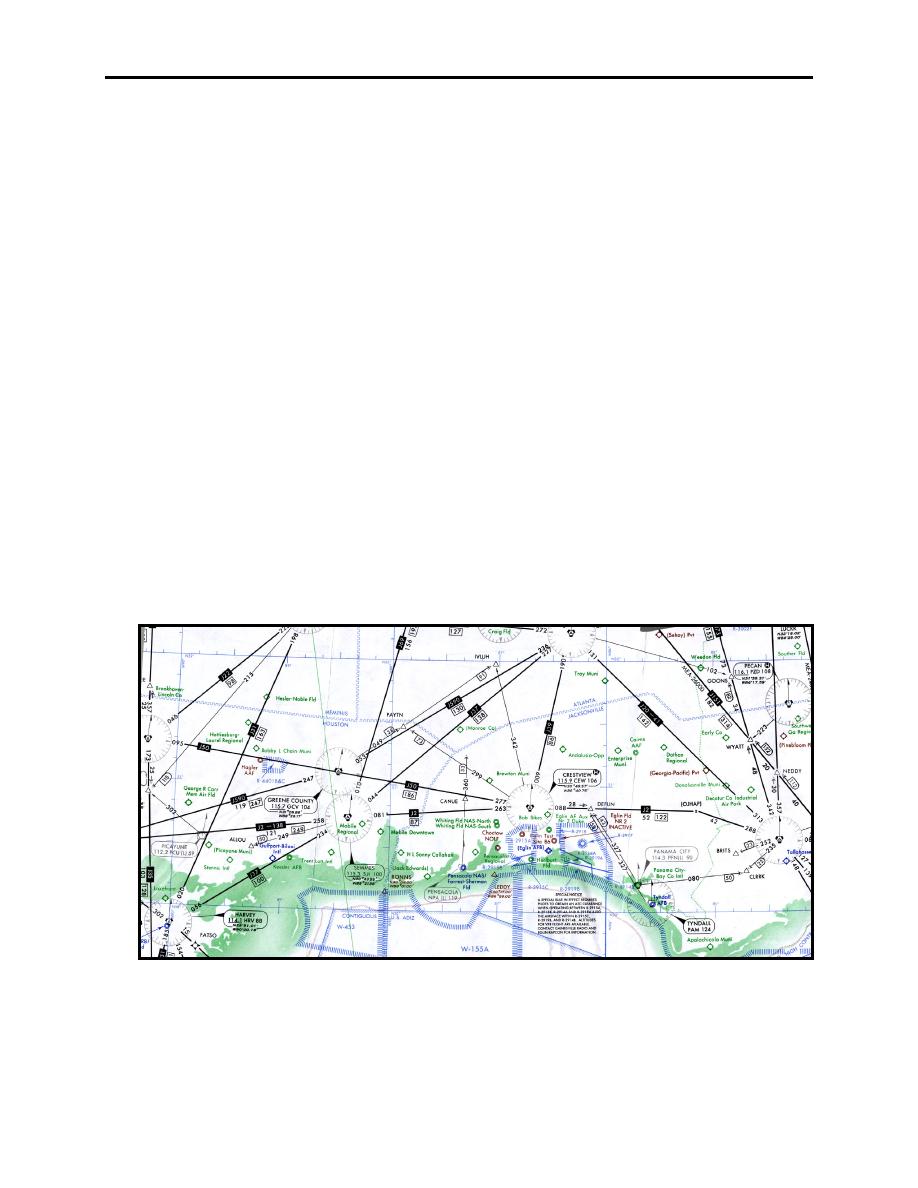 |
|||
|
|
|||
|
Page Title:
Air Route Traffic Control Center (ARTCC or Center) |
|
||
| ||||||||||
|
|  SNFO/SWSO VOICE COMMUNICATIONS
CHAPTER THREE
This lets you know he has received a valid radar return from your flight and that your mode "C"
code concurs with the altitude you reported in the airborne call. Successive controllers will not
repeat "radar contact". At times, the controller will confirm the aircraft identity; however, this
should not be construed to mean radar contact has been lost. The identity of transponder-
equipped aircraft may be confirmed by asking you to "ident", "squawk standby", or to change
squawks.
The controller will watch your flight progress through his area of responsibility. When
approaching the limits of his/her airspace he/she will "hand you off" to the next controller.
307. AIR ROUTE TRAFFIC CONTROL CENTER (ARTCC OR CENTER)
ARTCCs are established primarily to provide air traffic service to aircraft operating on IFR flight
plans within controlled airspace. They are capable of direct communications with IFR air traffic
on certain frequencies. ARTCC communication networks are comprised of remote ground
receiver and transmitter sites located throughout the United States.
An ARTCC is divided into sectors. Notice the jagged line near the center right side of Figure 3-4
that has Atlanta printed on the top and Jacksonville printed on the bottom. Atlanta Center
controls the airspace North of the line and Jacksonville Center controls the airspace South of the
line. Each sector is handled by a team of controllers who service the aircraft within their area.
Each sector has its own discrete frequency. As a flight progresses from one sector to another, the
aircrew is requested to change to the new sector frequency. Sectors are further subdivided into
altitude blocks.
Figure 3-4 ARTCC
IFR COMMUNICATIONS
3-9
|
|
Privacy Statement - Press Release - Copyright Information. - Contact Us |